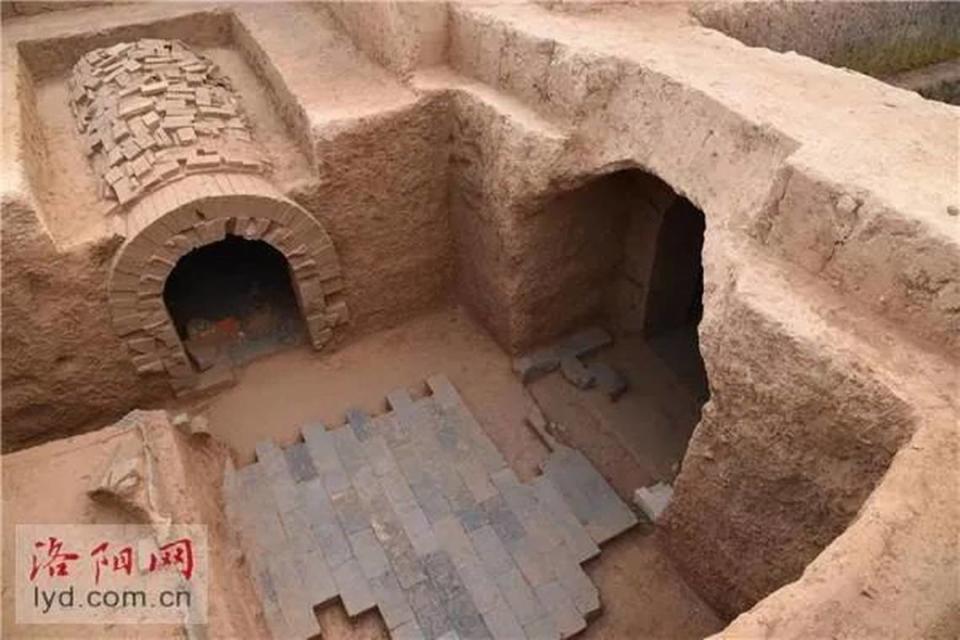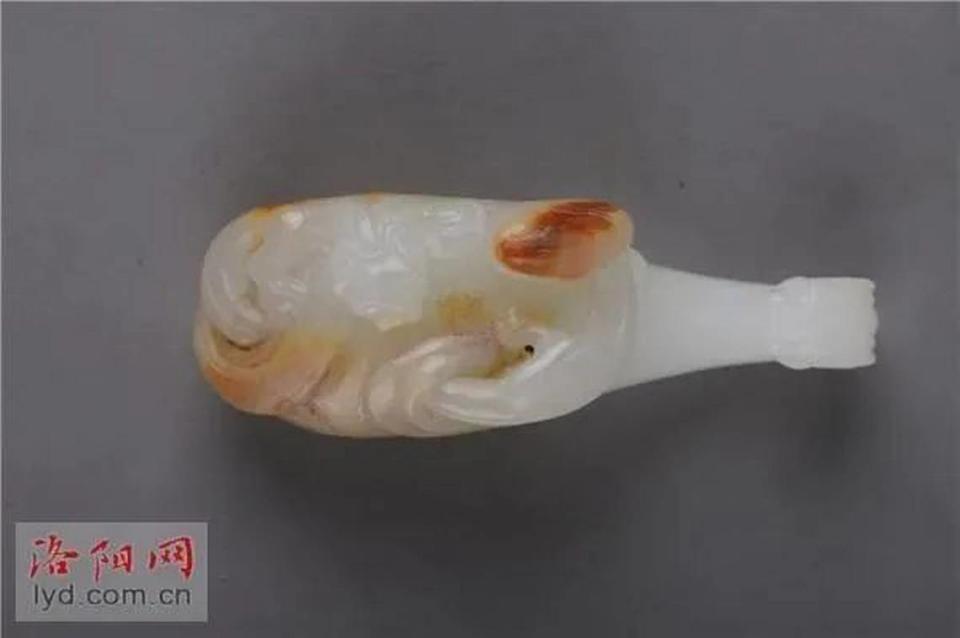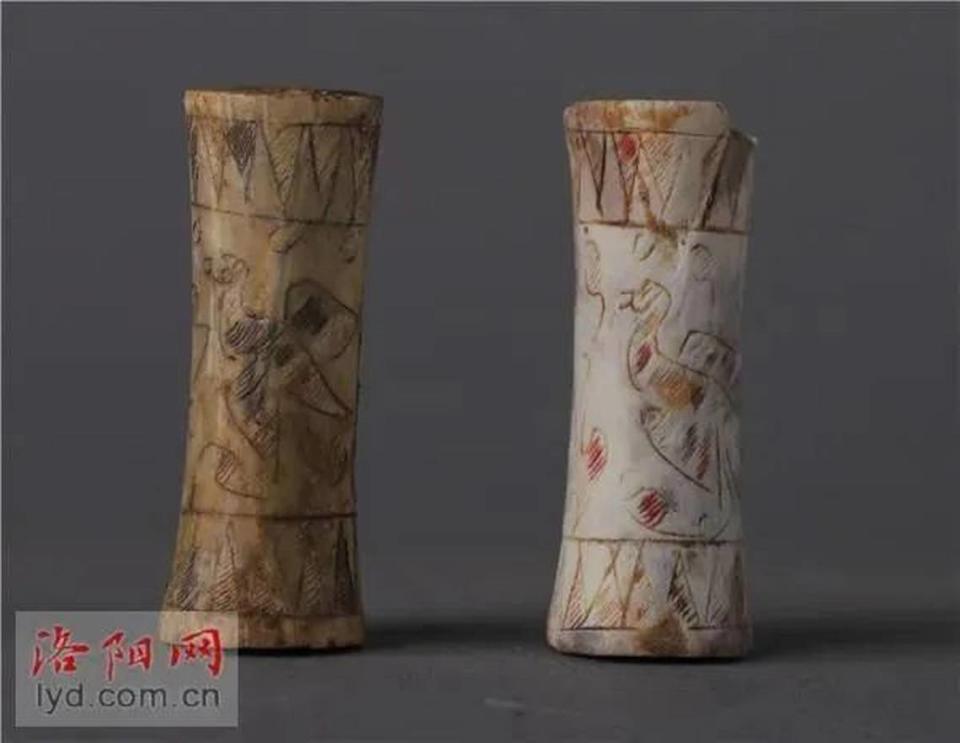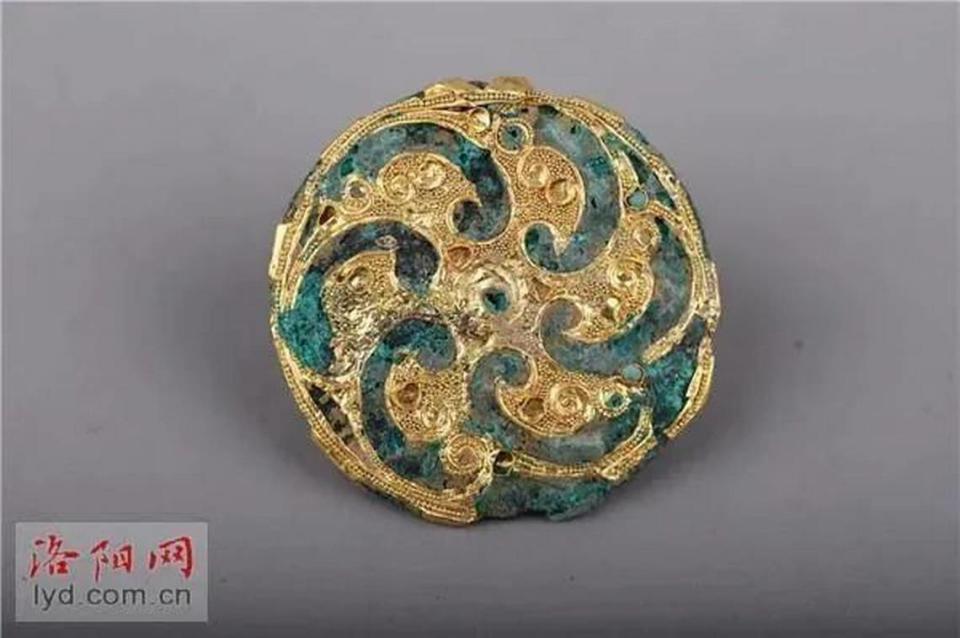Massive 1,700-year-old tombs — loaded with high-end treasures — unearthed in China
More than 1,700 years ago, an extraordinarily wealthy family in China was buried in an elaborate tomb loaded with some of their highest-end everyday items.
Now, amid construction near Shunzhuang Village, archaeologists have unearthed the massive tomb, along with two others, officials with the Luoyang Archaeological Research Institute said, according to a Jan. 29 post from the Chinese Academy of Social Sciences.

Experts said M1 and M3 date to the mid-to-late Western Jin dynasty, which spanned from 265 to 317. Coins in M2 indicate that it may be a bit older, possibly dating to the Cao Wei period, which lasted from 220 until 265. They all include a burial chamber and passage, with the burial oriented toward the north and the passage oriented toward the south.
The tombs appear to be planned and organized, archaeologists said.
The largest of the three tombs, named M1, measures about 130 feet long and 36 feet deep, according to officials. It includes an earthen tomb passage, a brick sealed door, a corridor, a stone door, a square main chamber and an east chamber.
Twelve pits line the passage and seven steps lead into the burial. Experts said these details are indicative of the status of the deceased — more steps mean a higher status.
M1 is among the largest known tombs from the time period, archaeologists said. It’s second to only the dynasty’s royal mausoleum.
Inside the sprawling burial, experts identified a trove of ancient treasures, some of which were incredibly rare.

A pair of phoenix and bird patterned bone earrings were found in the tomb, according to officials. While jade and pottery versions of these kind of accessories were common, bone earrings are rare to find.
All three tombs were joint burials, so the earrings likely belonged to one of the women buried at the site.

Archaeologists also discovered an ivory lacquerware artifact with an unknown purpose. It’s clear that the object was a high-end craft or practical item indicative of the tomb owner’s extreme wealth and status.
The other two tombs, known as M2 and M3, were simpler than M1 but still extravagant, according to experts.
M2 had three steps and measured about 94 feet long and 33 feet deep, while M3 had six steps and measured about 106 feet long and 34 feet deep, archaeologists said. Both tombs had tomb passages, brick-sealed doors, corridors and square tombs similar to M1.
Between the three tombs, archaeologists discovered more than 200 artifacts, officials said. Other finds included pottery, bronze, iron, lacquerware, bone objects, jade, gold and coins. Several intricately-crafted copper and gold items were found, as well as gold coins, experts said.

Some jade artifacts that predate the Western Jin dynasty were also found, archaeologists said. Researchers said these objects might have been heirlooms belonging to the tomb’s owner.
The remains of two worn-down tombstones were also recovered from the site, according to officials. The stones did not hold personal information, but evidence indicates that they once stood above ground.
Shunzhuang Village is in the Mengjin District, which is in eastern China.
Google Translate and Baidu Translate were used to translate a release from the Chinese Academy of Social Sciences.
Huge tomb — filled with treasures — sat untouched for more than 2,100 years. Until now
4,000-year-old altar was ‘lost’ in Ireland. Then professor has ‘eureka moment’
1,700-year-old cemetery — with trenches full of tombs — found in China. See it

